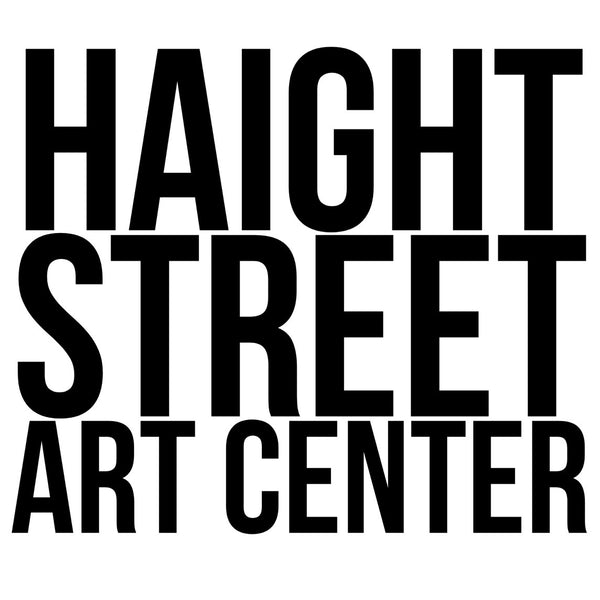Though now associated with New York, Spiegel almost ended up in San Francisco. “My husband had decided that something was happening in San Francisco; he wanted to check it out and live there. So, after a few months in New York, we went out to San Francisco for a very short period, but we were, like, broke, you know? So my husband went back to New York to get some money together and left me behind in San Francisco with a kid, and another one on the way. He eventually sent me some money and I arranged a ride with a guy who was driving to Philadelphia. I gave him some of the money and we started out, but his car broke down and we ended up hitchhiking. Pretty wild, I know, but a lot of truckers gave us rides in their big cabs, and the guy himself was very nice and quite protective of me. When we got to Philadelphia, he bought us tickets to New York.”
Upon her return to New York in 1965, Spiegel settled into a job as a textile designer. “Textile work is very boring compared to painting,” she says, “you’re just filling in patterns. But one day while I was working on my patterns, suddenly everything came alive—all these abstract shapes started looking like something. It just sort of jumped out at me. I think psychedelics had opened up my imagination.” Using textile inks, Spiegel began work on a series of art pieces based on her day-job epiphany. “I made three or four watercolors. I saw all kinds of strange things in those patterns. That was really the beginning of my psychedelic art.”
Scale soon became a factor, as her paintings moved from paper to canvas, some as large as five-by-seven feet. “It was an evolution,” she continues. “As I did larger and larger pieces, I started seeing more things.” In part, what she was seeing was an effect known as pareidolia, in which human faces appear in otherwise inanimate and even abstract compositions. But while Spiegel has investigated the phenomenon of pareidolia throughout her career, her work has never been a mere exercise in composing visual tricks for her viewers. The idea, she says, is to make connections between the various elements in her work as she paints, leading, of course, to connections for those who spend time exploring her dense paintings.
Spiegel’s colors gave her paintings yet another dimension. “I chose colors to create vibrations in my paintings,” she says. “If you use a red and a green at the same intensity, it vibrates. I was fascinated with that.” So were rock-poster artists like Victor Moscoso, but Spiegel wasn’t aware of much beyond the borders of her world. “I was only vaguely familiar with the San Francisco rock-poster artists,” she says. “Between being a mother of young children, painting, and helping to make a living, that was my environment.” In 1970, Spiegel became a single parent, doing all of this and more on her own.
The last painting made during what Spiegel calls her psychedelic period, “Widening Horizon,” was also one her largest, but the size of the canvas is not what makes it pivotal. “I was doing a lot of these colorful, abstract kinds of paintings with lots of geometric shapes,” she says. “But increasingly, figurative elements were starting to appear. I sort of had the sense that something else was coming, a new era. By the time I did that painting, I realized that something was missing in my work.”
Coincidentally, Spiegel was becoming a fan of Austrian artists Ernst Fuchs and Dieter Schwertberger, whose Fantastic Realism paintings had been published in the pages of Avant Garde magazine. That’s where Spiegel first saw their work, and she was floored. “Strangely enough, a friend of mine had started communicating with Fuchs,” she says, “and so when she visited him in Vienna, I went, too.” That was in early 1973. By that summer, with her kids in the care of their father, Spiegel had returned to Vienna to study with Fuchs and learn an Old Masters technique called Mischtechnik, in which egg tempera and oils were combined to give both the abstract shapes Spiegel had been working with, as well as the nascent figures that were clamoring for her attention, greater dimension and realism.
